As Delhi hurtles towards its momentous 2025 Legislative Assembly elections, its political firmament is ablaze with ruthless stratagems, ideological jousting, and an unrelenting battle of narratives. At the epicentre of this contest stands the Aam Aadmi Party (AAP), helmed by the indefatigable Arvind Kejriwal, who seeks an unprecedented third consecutive mandate. His electoral arithmetic hinges on an emphatic reiteration of welfare populism, epitomized by the Mahila Samman Yojana, which doles out ₹2,100 per month to women, and the Pujari Granthi Samman Yojana, which allocates ₹18,000 to temple priests and gurdwara granthis.
Meanwhile, the Bharatiya Janata Party (BJP)—determined to end its nearly three-decade-long political exile from the capital—has unfurled its Parivartan Yatra, an incendiary campaign that assails the AAP government for alleged venality and administrative delinquency. Prime Minister Narendra Modi, in a stentorian rebuke, lambasted the Kejriwal dispensation for its chronic mismanagement of water resources, pollution control, and civic governance, dismissing it as an unmitigated “Aapda” (disaster) for Delhi. In a bid to outflank AAP’s welfare-driven appeal, the BJP has unfurled its Mahila Samridhi Yojana, promising ₹2,500 per month to women, enhanced pensions for the elderly, and Atal Canteens to provide subsidized meals.
Not to be relegated to the margins, the Indian National Congress has embarked on its Dilli Nyay Yatra, ostensibly to galvanize public sentiment against pollution, inflation, and unemployment. Its Pyari Didi Yojana, strikingly reminiscent of BJP’s proposal, pledges ₹2,500 per month to women, signalling a tactical convergence on welfare-centric politicking.
Agglomerating the political maelstrom are developments that have injected volatility into the electoral landscape. Arvind Kejriwal’s release on bail, following a six-month incarceration on corruption charges—which he vociferously decries as a politically motivated witch-hunt—has rekindled rancorous debate. Concurrently, the Election Commission’s admonition regarding his claims on Yamuna River contamination has catalysed a fresh flurry of polemics.
With the electoral clock ticking inexorably towards judgment day, Delhi’s denizens stand at an inflection point, poised to adjudicate between contrasting paradigms of governance, each laced with promises of fiscal largesse and administrative renewal.
In an exclusive confabulation, Shakti Sharan Singh, Co-founder and Founding Editor of The Interview World, immerses in a trenchant disquisition with Vikrant Yadav, Editor of The Swatantra. With erudition and candour, he unpacks AAP’s strategic ascendancy, dismantles the alleged political ramifications of the liquor scam, and expounds on the unwavering public faith in Kejriwal’s leadership. More disquietingly, he delineates the waning sanctity of electoral probity and the patently lamentable dysfunctionality of independent institutions in safeguarding democratic integrity.
Herein lie the most riveting insights from their conversation.
Q: The Delhi elections are just around the corner, with voting set for February 5, 2025. Given the current political landscape and voter sentiment, how do you see the electoral battle shaping up?
A: Delhi braces for a pivotal electoral reckoning on February 5, as a single-phase poll hurtles towards its climax. With the political theatre reaching fever pitch, BJP, AAP, and Congress have unleashed their full electoral arsenal, each vying to seize the capital’s mandate.
At the campaign’s outset, Congress exuded an air of resurgence, seemingly poised to reassert its relevance. However, as the electoral battle unfolds, its momentum appears to have evaporated into political oblivion. The contest now crystallizes into an uncompromising duel between AAP and BJP, setting the stage for an electrifying bid for AAP’s third consecutive term.
The calculus hinges on Congress’s vote share trajectory. Should the party fail to augment its electoral footprint by at least 5%, the AAP-BJP faceoff will intensify into a direct, no-holds-barred clash. In such a scenario, AAP will command a discernible edge, albeit with potential seat attrition. Despite the oscillating electoral dynamics, AAP remains strategically poised to retain power in Delhi and script yet another political vindication.
Q: If the Congress party’s current situation remains as you perceive it, do you believe the Aam Aadmi Party holds an advantage in the present political scenario?
A: Congress remains perpetually ensnared in internal discord, a chronic affliction for a party of its scale. As a result, when the Delhi elections arrived, it found itself woefully unprepared, unlike AAP and BJP, both of which operate in perpetual campaign mode, 24/7, 365 days a year. Their meticulous groundwork was evident, while Congress’s preparations seemed confined to paper, lacking any substantive execution on the ground. With time slipping away, a course correction now appears improbable.
If Congress mirrors its previous electoral performance, BJP stands to gain significantly. The party has left no stone unturned, with an all-hands-on-deck approach—from the Prime Minister to the Panna Pramukhs—driving its campaign. However, despite this full-throttle mobilization, if the election devolves into a direct AAP-BJP contest, AAP will retain the upper hand.
AAP’s core voter base remains steadfast, unshaken by allegations and political mudslinging. While the party may lose some seats, it remains firmly within striking distance of forming the government.
Q: Despite the BJP officially launching its campaign after the election announcement, it has been active for two years, targeting AAP over the liquor scam. Has this damaged Arvind Kejriwal’s credibility and electoral prospects?
A: The BJP astutely discerned that besmirching Arvind Kejriwal’s carefully cultivated image of unimpeachable integrity would serve their political calculus. Kejriwal has meticulously fashioned himself as the paragon of probity, branding his party as an unyielding bastion of ethical governance. The BJP, recognizing that his credibility was both his armor and his Achilles’ heel, sought to puncture this narrative. Their stratagem was simple—diminish his moral ascendancy, and the dividends would accrue in their favor. Their gambit appears to be yielding results, as the electorate that once harbored aspirations of political rejuvenation through Kejriwal’s leadership now perceives little distinction between his party and the entrenched political establishment.
Yet, paradoxically, Kejriwal still retains an electoral edge. This stems from a profound shift in the public psyche—disillusionment with the very notion of political virtue. The Indian voter, once captivated by grandiloquent proclamations of righteousness, has resigned themselves to the inescapable reality that honesty in politics is, at best, an ephemeral illusion. Whether any party ascends to power, ethical compromise is an inevitability. Consequently, the electorate has recalibrated its priorities—no longer swayed by lofty ideals but by tangible dividends. Be it a modest subsidy of ₹100 or a more substantial relief of ₹1,000, personal benefit has supplanted ideological purity as the primary determinant of political allegiance.
The BJP, once the self-proclaimed “party with a difference” under Vajpayee and Advani, has also succumbed to the inexorable pull of realpolitik. The erstwhile ideological rigidity has dissipated, supplanted by an unabashed pursuit of electoral success at any cost. Winnability is now the lodestar—whether the candidate is a convicted criminal, a corrupt magnate, or a person of dubious repute is immaterial. If they can secure victory, they are deemed an asset. The consequence? The obliteration of any meaningful distinction between political entities, engendering an electorate that views politics as an unscrupulous contest for power rather than a principled battle of ideas.
Yet, amidst this cynical landscape, the Aam Aadmi Party retains one formidable advantage—accessibility. While traditional politicians retreat into their citadels of privilege post-election, AAP’s MLAs and functionaries remain entrenched within the public sphere, fostering an immediacy of engagement that few can rival. This grassroots connection, irrespective of policy efficacy, grants them a unique resonance with the masses. In a polity where expediency trumps ethos, AAP’s unwavering proximity to the people emerges as its most potent electoral currency.
Q: You mentioned that voters focus on what they receive from the government. Despite BJP now endorsing welfare schemes once criticized as ‘Revdi,’ why does the public still trust AAP’s promises more?
A: The BJP government at the center is engaged in a conspicuously identical gambit—doling out largesse to ingratiate itself with the electorate. Arvind Kejriwal, too, has deployed the same stratagem, albeit with demonstrable execution. Yet, to the discerning voter in Delhi, there exists no perceptible distinction. They view Kejriwal not as a mere purveyor of promises but as an incumbent benefactor who has already instituted these entitlements. Consequently, what substantive difference remains? None whatsoever. At its core, this is a battle for electoral supremacy, nothing more.
If the electorate perceives tangible dividends from Kejriwal’s initiatives, their allegiance is unlikely to waver. When rival factions merely recalibrate rhetoric, marginally adjust figures, or repackage the very same doles under a different veneer, voters swiftly discern the mimicry. In such a scenario, fidelity gravitates towards the architect of these benefits rather than the plagiarist.
For the economically marginalized—the toilers in the unorganized sector, the inhabitants of urban slums—their calculus is unambiguous. They do not luxuriate in the speculative musings of whether another party will honour its pledges. Pragmatism dictates their preference: a leader who has already delivered, rather than one who proffers nebulous assurances. The constancy of Kejriwal’s schemes engenders trust, fortifying his political stronghold. This unwavering predictability is why they continue to rally behind him.
Q: Having witnessed multiple Lok Sabha elections across states, how do you view the open distribution of cash and goods in Pravesh Verma’s campaign? What risks does this pose to democracy and electoral integrity?
A: India’s political apparatus is inexorably descending into a perilous state, where electoral success is increasingly determined not by merit or public service, but by the corrosive combination of wealth and muscle power. The institutions that were once the bedrock of our constitutional framework, those designed to safeguard the integrity of the political process, have abdicated their responsibilities. It was their duty to prevent such malpractices, yet they have chosen to ignore them, allowing a pernicious norm to take root. The unmistakable reality now is that only those with deep pockets and coercive force can hope to thrive in Indian politics.
No longer can the ordinary citizen aspire to contest elections on the strength of their ground-level work or genuine public support. The common man, no matter how deeply rooted in his constituency, is sidelined unless he can marshal vast financial resources or manipulate public sentiment through intimidation. The message is clear: if you lack the means to buy votes or wield power through force, your place in the political arena is effectively nullified. This is not merely a concerning trend; it is a glaring indictment of the state of our democracy.
We are, regrettably, following the well-worn path of political corporatization that has defined politics in the United States. There, large corporations fund political campaigns to secure influence; here, the pattern is emerging with alarming speed. However, India’s multiparty democracy complicates this dynamic, making it more entrenched and insidious than in the two-party system across the Atlantic.
For decades, institutions like the Election Commission acted as vital counterweights to the ever-growing influence of money and power. There was a fear, at least on the part of those in power, that any flagrant violation could invite legal action or disqualification. Yet, with the gradual erosion of these bodies’ autonomy and effectiveness, these once-robust checks have now been reduced to little more than symbolic entities—rubber stamps that lend a veneer of legitimacy to an otherwise corrupt system. When violations go unchecked, corruption is not merely tolerated; it becomes institutionalized.
This shift has rendered elections increasingly inaccessible to the masses. Over the past two decades, political participation has steadily eroded into empty rituals. For many, voting has become little more than a perfunctory act, devoid of ideological commitment or tangible expectation from the political establishment. What should be a meaningful expression of democratic engagement has, instead, devolved into a hollow gesture, with citizens relegated to mere spectators.
Though politics remains the most fervently discussed topic in the country, it has undergone precious little evolution. The common man, once the cornerstone of democratic participation, is now little more than an afterthought in the political process. Power resides firmly in the hands of a select few, who, insulated from the concerns of the people, shape the future of the nation with little regard for the public will.
Within political parties, internal democracy has become an anachronism, relegated to the realms of fiction. The decisions of the leadership are unquestionable, and the lower ranks are reduced to passive compliance, complicit in the illusion of democratic process. This is no longer a democracy—it is an oligarchy, where the political elite perpetuate their power by controlling the mechanisms that should, in theory, serve the people.
Q: Reports suggest that BJP and Congress leaders have strategized to corner Arvind Kejriwal in his constituency. How do you assess the contest there? Do you see his seat at risk this time?
A: This contest is, indeed, a riveting one. Arvind Kejriwal, the Chief Minister, is seeking re-election from East Delhi for the second or third time. His principal challengers are Pravesh Verma, the scion of the late Sahib Singh Verma, a former Chief Minister, and Sandeep Dixit, son of the formidable Sheila Dixit, a Congress stalwart who has held office as a Member of Parliament multiple times. This sets the stage for a truly fascinating triangular contest.
East Delhi, a predominantly urban constituency, is home to a significant number of government employees, with a modest business community presence as well. The slum votes—particularly prominent in the New Delhi seat—also carry substantial weight. If Kejriwal manages to retain the slum vote, the critical question arises: where will the government employees align themselves?
Should these employees continue to gravitate toward the BJP, swayed by Narendra Modi’s policies and the perception that the party is responsible for the country’s recent advancements, their natural inclination may be toward Pravesh Verma. Yet, the Congress Party retains formidable prospects through Sandeep Dixit.
What distinguishes Sandeep Dixit is his astute ability to draw upon his mother’s political legacy—Sheila Dixit’s indelible mark on Delhi’s development—while simultaneously cultivating his own reputation. He is vocal, articulate, and possesses a clarity of communication that resonates deeply with the electorate. By linking his mother’s monumental contributions to the city’s growth, Sandeep Dixit can position himself as a beacon of continuity and progress, particularly as a leader with an unimpeachable reputation.
Moreover, Dixit’s fluency in Hindi—coupled with a strong command of English—empowers him to connect with the masses in a manner few national leaders can. In contrast, a glaring shortcoming of many Congress figures is their inability to speak directly to the North Indian electorate in a manner that transcends political jargon. This is a challenge that afflicts leaders such as Kharge ji and Abhiranjan Chaudhary, whose statements often seem at odds with the very message they wish to convey. Sandeep Dixit, however, hails from a Hindi-speaking region, and his command over the language allows him to communicate his views with unmatched clarity and resonance.
Thus, this election shapes up as a truly dynamic triangular contest, and any of the three candidates could emerge victorious, depending on how they navigate the complex political terrain.
Q: Akhilesh Yadav and Samajwadi Party MPs are campaigning in Delhi and holding roadshows with Arvind Kejriwal. Can they sway Muslim and Purvanchali voters leaning towards Congress to bolster Kejriwal’s chances?
A: The tactical voting pattern among Muslims nationwide is strikingly consistent: they align with the party that appears most capable of defeating the BJP. At present, however, Congress does not seem poised to challenge the BJP’s dominance in Delhi. Consequently, it is highly probable that Muslims will continue their support for the AAP, rallying behind it as the preferred alternative.
The only variable that might disrupt this alignment is if Akhilesh Yadav manages to sway the OBC voters of Purvanchal or Uttar Pradesh, who are either already leaning towards the BJP or are susceptible to its influence. If Akhilesh can galvanize this constituency, it could introduce a significant obstacle. Yet, the question remains: will he succeed in doing so?
Regional leaders have already aligned themselves with Arvind Kejriwal, an alliance that was initially conceived at the national level. However, the Congress Party’s withdrawal from this coalition is proving to be detrimental. The INDIA Bloc or Mahagathbandhan (mega coalition), forged during the Lok Sabha elections, has now fragmented, with the INDIA Bloc and AAP contesting separately. This schism is undoubtedly to Congress’s disadvantage, and the consequences are becoming evident.
While both Congress and AAP stand to incur losses as a result of this fracture, there remains a sliver of hope. Should regional heavyweights such as Mamata Banerjee, Akhilesh Yadav, and the sons of Lalu Yadav join forces with Kejriwal, they could potentially mitigate a swing of two to four percent in votes, offering the prospect of a decisive electoral edge.


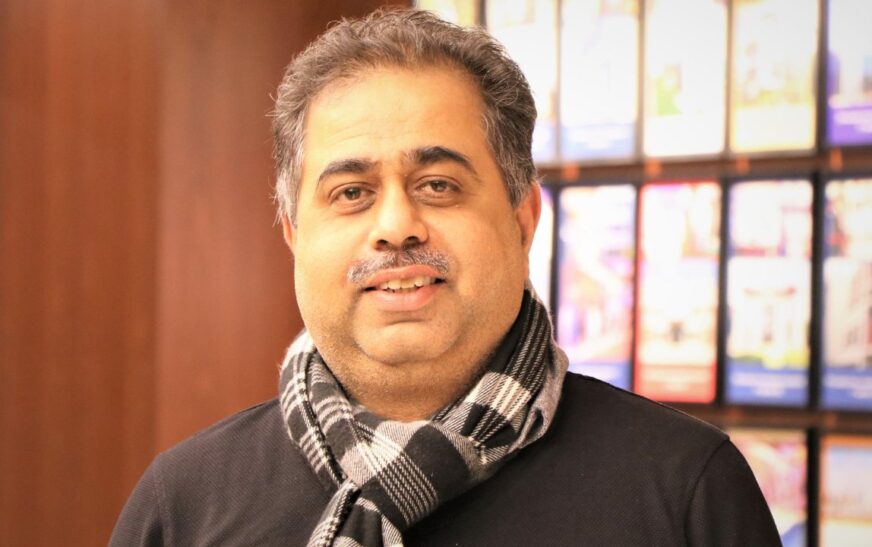

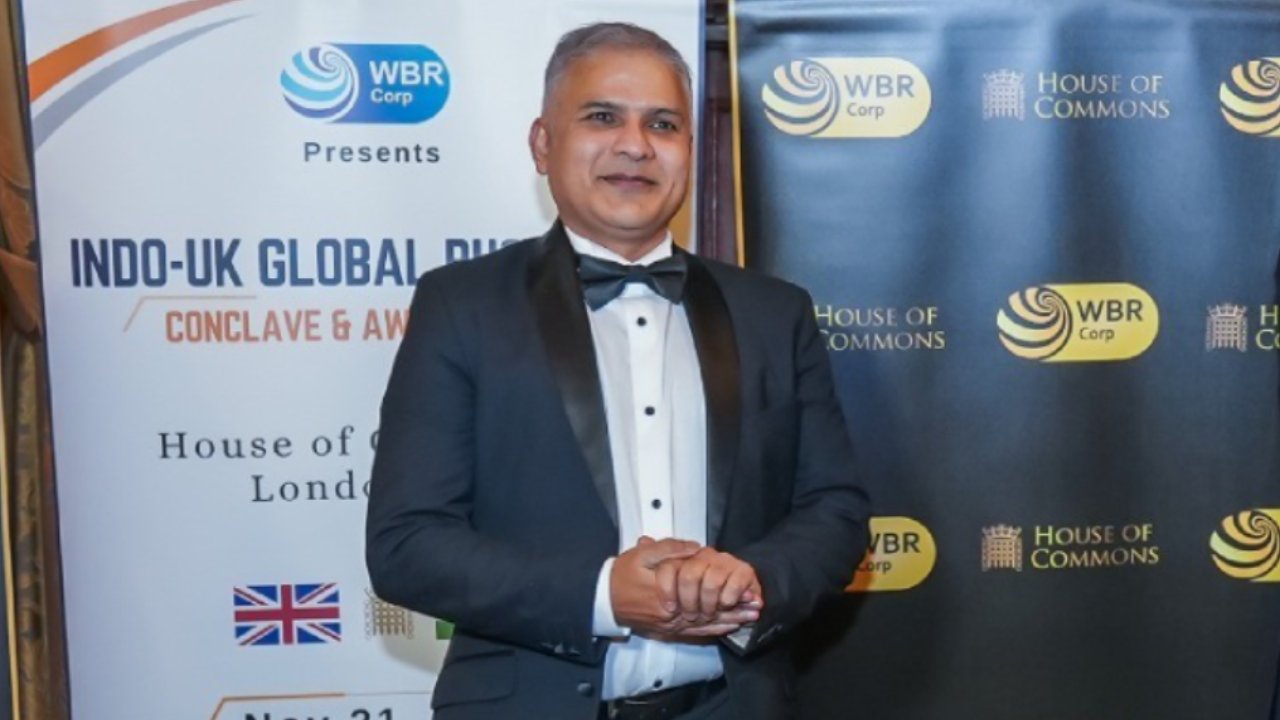

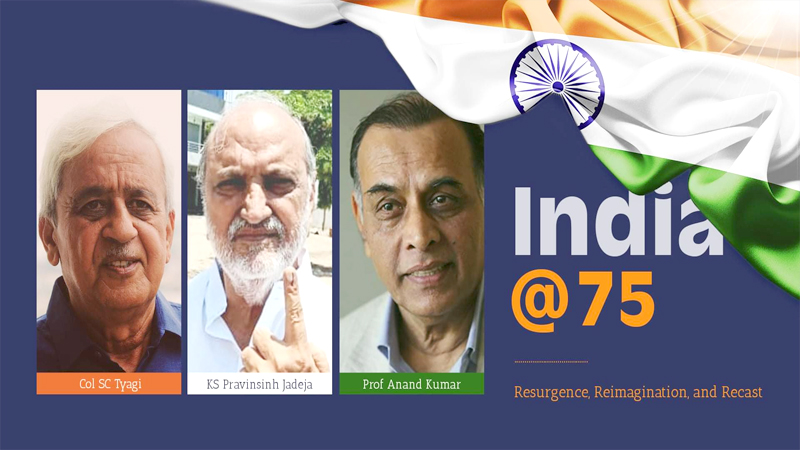
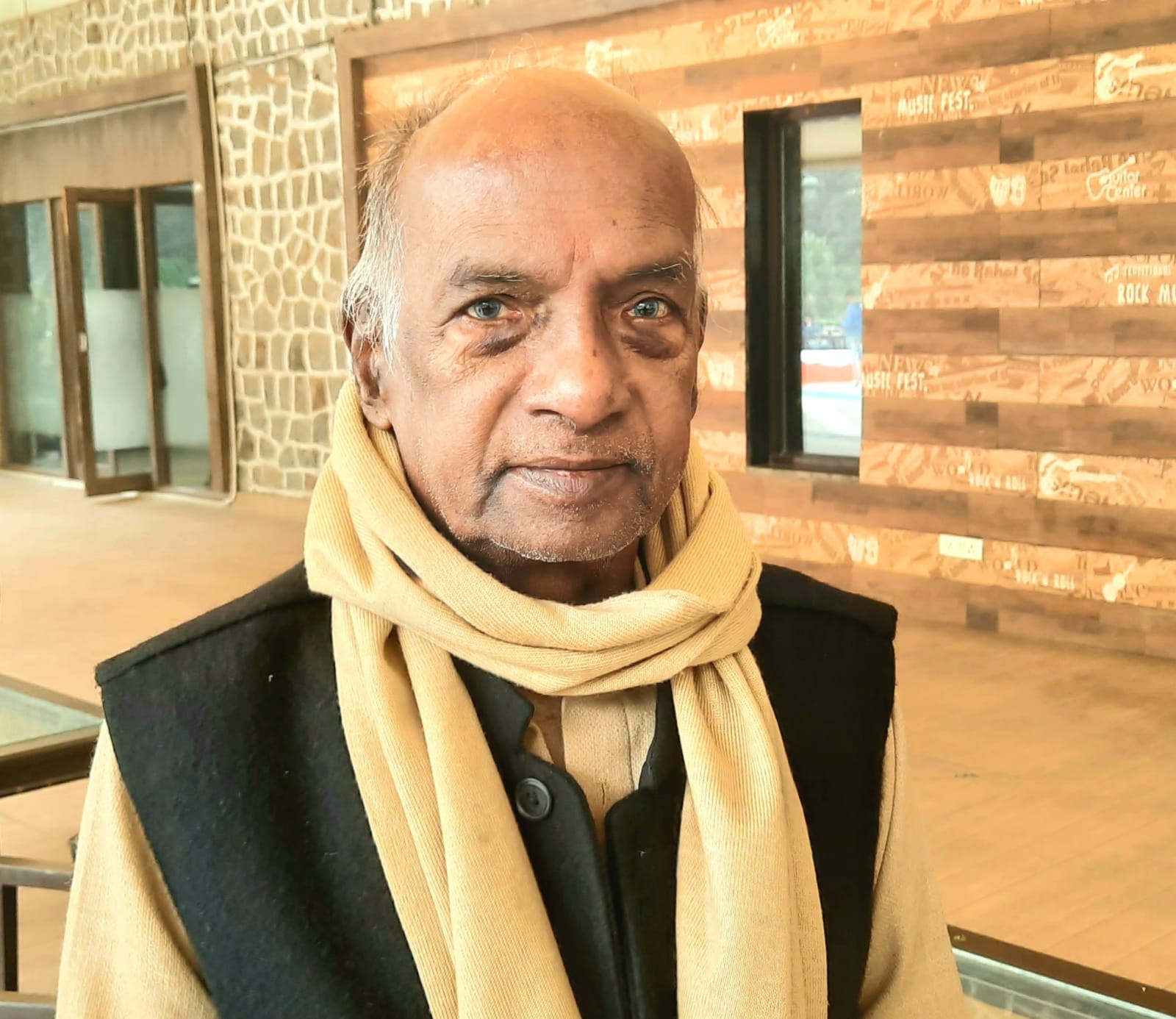
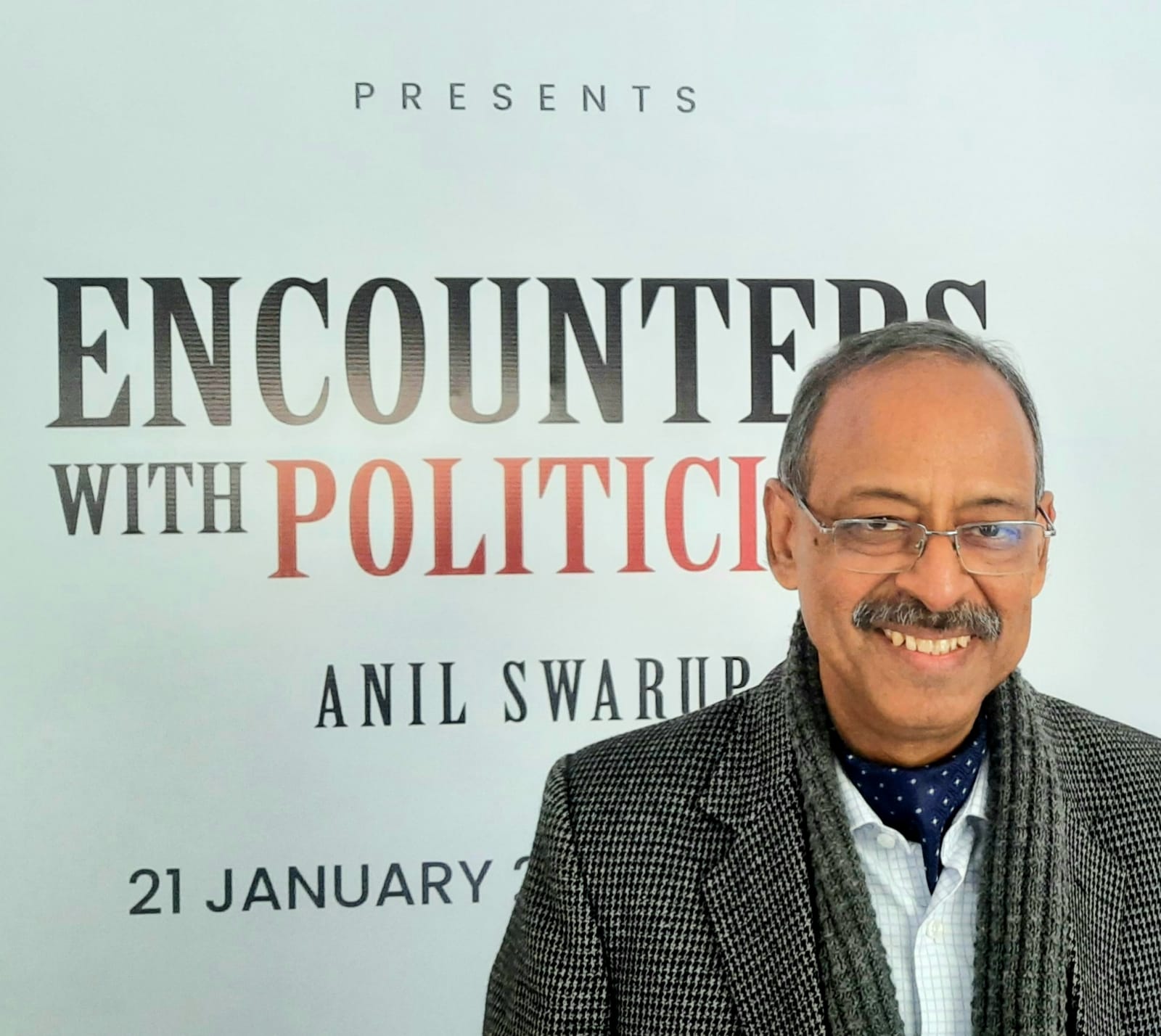
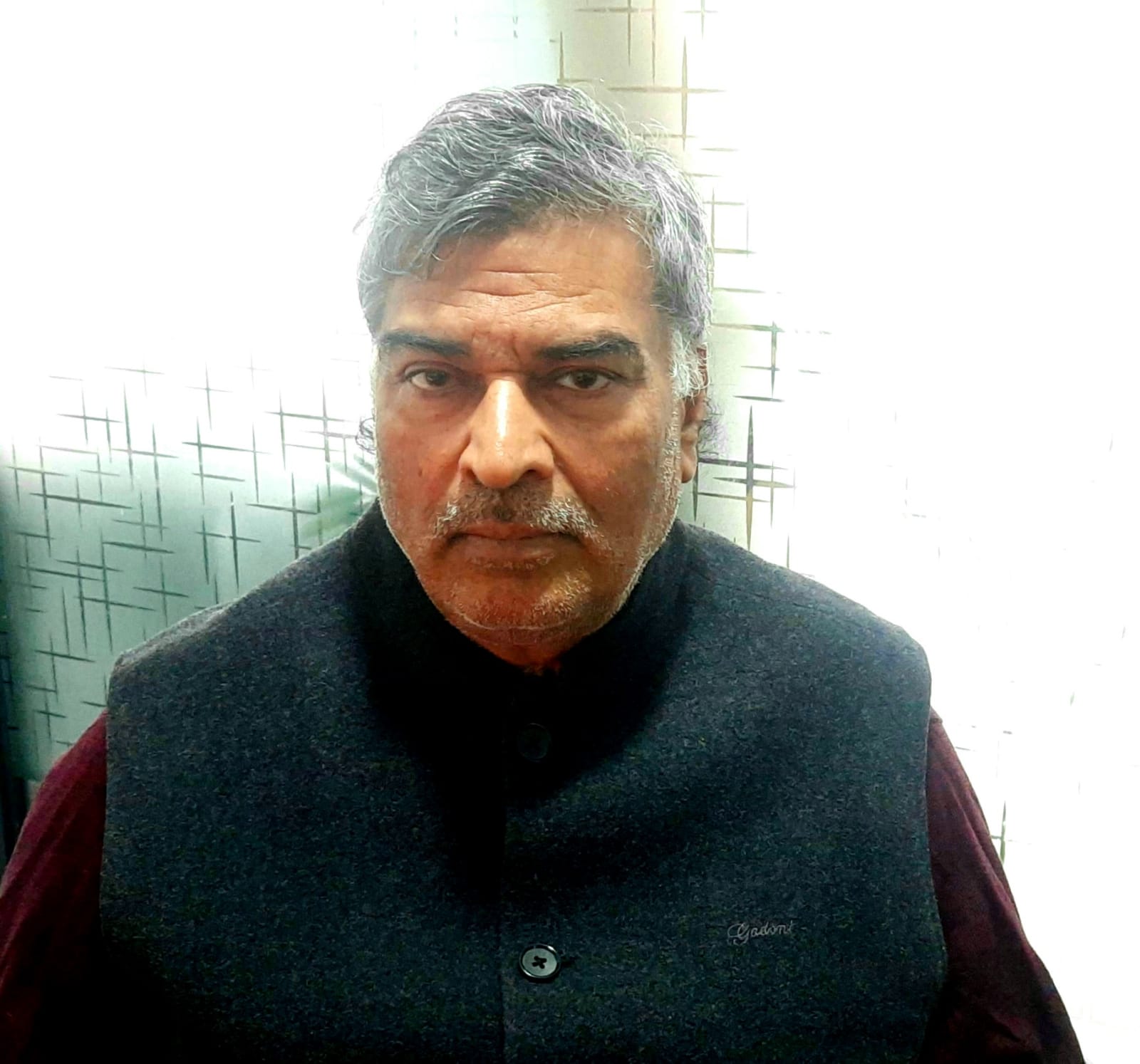
1 Comment
Super
Comments are closed.